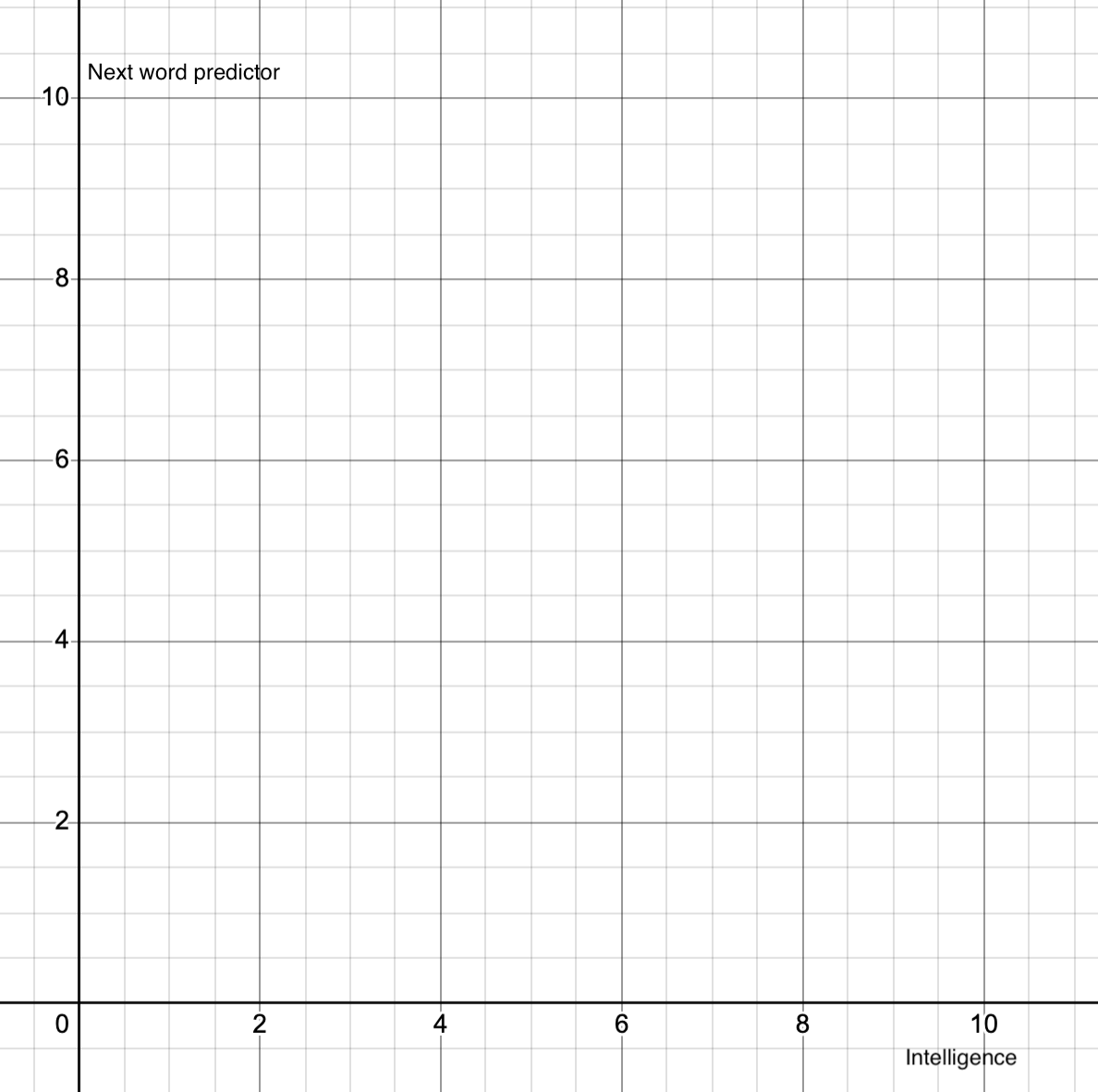this post was submitted on 21 Sep 2024
52 points (78.9% liked)
Asklemmy
43945 readers
638 users here now
A loosely moderated place to ask open-ended questions
If your post meets the following criteria, it's welcome here!
- Open-ended question
- Not offensive: at this point, we do not have the bandwidth to moderate overtly political discussions. Assume best intent and be excellent to each other.
- Not regarding using or support for Lemmy: context, see the list of support communities and tools for finding communities below
- Not ad nauseam inducing: please make sure it is a question that would be new to most members
- An actual topic of discussion
Looking for support?
Looking for a community?
- Lemmyverse: community search
- sub.rehab: maps old subreddits to fediverse options, marks official as such
- !lemmy411@lemmy.ca: a community for finding communities
~Icon~ ~by~ ~@Double_A@discuss.tchncs.de~
founded 5 years ago
MODERATORS
you are viewing a single comment's thread
view the rest of the comments
view the rest of the comments

That was already true in previous paradigms. A non-fuzzy non-neural-network algorithm large and complex enough will seem like an intelligent being. But "large enough" is beyond our resources and processing time for each response would be too long.
And then you get into the Chinese room problem. Is there a difference between seems intelligent and is intelligent?
But the main difference between an actual intelligence and various algorithms, LLMs included, is that intelligence works on its own, it's always thinking, it doesn't only react to external prompts. You ask a question, you get an answer, but the question remains at the back of its mind, and it might come back to you 10min later and say you know, I've given it some more thought and I think it's actually like this.